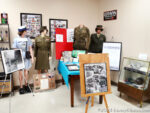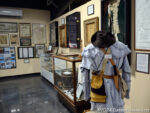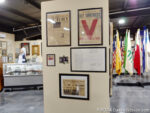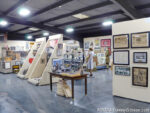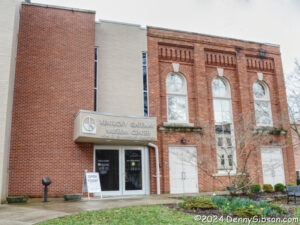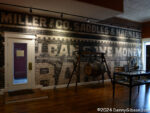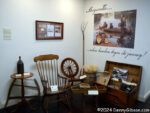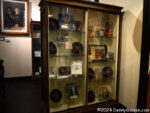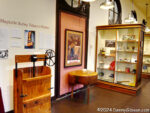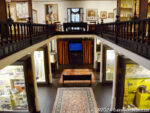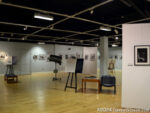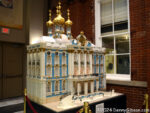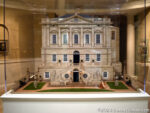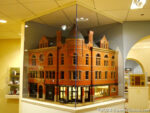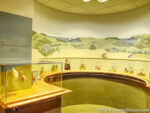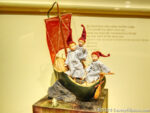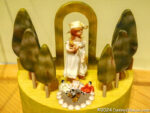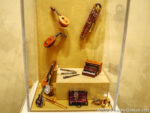
Partway through last year’s Lenten season, I decided that I no longer wanted to support the Catholic (or any other) Church by patronizing their Friday Fish Fries. I explain that decision at the end of Another Season of the Fish. I still like fish and therefore still like fish fries and I am more than happy to support the many non-religious organizations that take advantage of the season by operating their own piscatorial-powered fundraisers.
Between the first and second weeks of Lent 2024, I discovered a Cincinnati Fish Fry app, similar to the one I recently used for Inaugural Cincinnati Chili Week. My unaudited count of the listed sites identified 54 churches, 16 commercial operations, and 17 others. The “others”, of course, were my targets.
I began the 2024 season at American Legion Post 513 in Mt. Healthy, Ohio, where catfish and cod were both available. I went with the catfish. This tasty meal was $11 plus $2.25 for the Yuengling draft.
The second week’s fish was a bit more expensive than last week’s but the meal included one of the biggest pieces of cod I have ever seen. Everything in the picture plus a piece of chocolate cake was $17 at Cincinnati Shriner’s.
Plans for the evening ruled out a week three fish fry dinner so I decided to do lunch at a place I’ve frequently thought of visiting in the past. This is the McDonald’s location where the first filet-o-fish sandwich was served. It is also Ohio’s first McDonald’s and my only stop at a commercial restaurant this year. Although the location was listed in the Cincinnati Fish Fry app, the app refused to let me check in here. That original filet-o-fish sold for 29¢. My tab was $9.48 but I did get fries and a drink.
My second Americal Legion visit this year was at Post 318 in Anderson Township, Ohio. The pie added $2.50 to the total. Without it, my only baked fish (cod) meal of the season would have been an even $12 including the drink (iced tea).
Week number five had me venturing across a state line to the Wilder Fire Department in Wilder, Kentucky. Fish, shrimp, and chicken were available with no options other than white or rye bread (which I declined). The entire meal, including the green (because it was almost Saint Patrick’s Day) beer and an unphotographed piece of cake with green (because… you know) icing, was $14.
For the second week in a row, I was in Kentucky and drinking Bud Light. Last week’s green Bud was only $1. This week’s yellow Bud was $2. The rest of the meal at Newport Elks Lodge #273 was $13 and it just might be the best of the year.

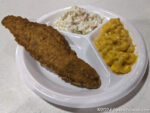 Lent officially ends on the Thursday preceding Good Friday. Many institutions wrap up their fish fry operations before the Easter weekend is reached but enough don’t to make a seven-week season of fish easily accomplished. I finished my 2024 seven-week run with this $12 meal at Gaily VFW Post 7340. Food is ordered at a central location then hand-delivered so you need to find a seat before ordering to supply a table number. A couple sitting alone welcomed me to their table. A lady in a wheelchair soon occupied the spot to my left and she was immediately greeted by several locals who were delighted to see her. I never did catch her name but learned that she was 100 years old then learned through personal experience just how peppy and friendly she was. She told me she had been coming to the post since its founding in the 1950s. I admitted that this was my first time there but promised to come back to see her next year. Now I have something to look forward to.
Lent officially ends on the Thursday preceding Good Friday. Many institutions wrap up their fish fry operations before the Easter weekend is reached but enough don’t to make a seven-week season of fish easily accomplished. I finished my 2024 seven-week run with this $12 meal at Gaily VFW Post 7340. Food is ordered at a central location then hand-delivered so you need to find a seat before ordering to supply a table number. A couple sitting alone welcomed me to their table. A lady in a wheelchair soon occupied the spot to my left and she was immediately greeted by several locals who were delighted to see her. I never did catch her name but learned that she was 100 years old then learned through personal experience just how peppy and friendly she was. She told me she had been coming to the post since its founding in the 1950s. I admitted that this was my first time there but promised to come back to see her next year. Now I have something to look forward to.




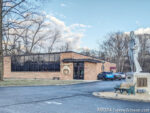






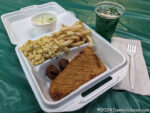
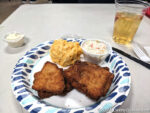

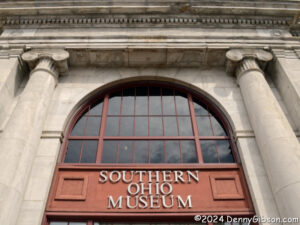
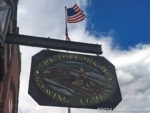




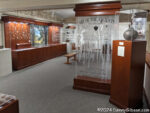
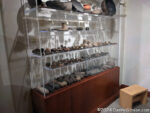

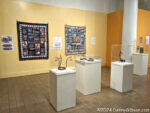
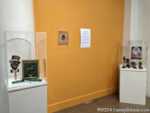
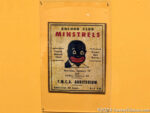
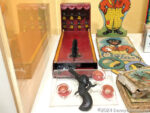
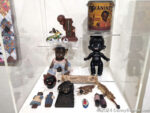
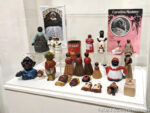
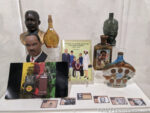
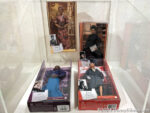
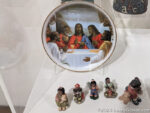

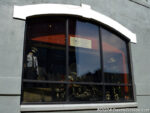

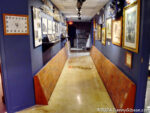
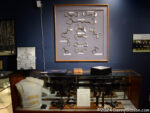

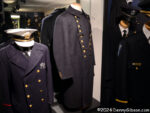
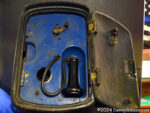

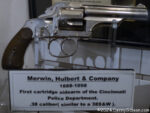
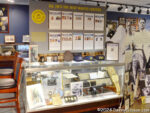
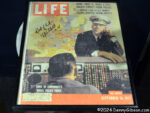
 Like pictures? It’s got ’em. Like variety? Got that too. There are enough pictures to fill a deck of cards or a weekly calendar, which is not accidental. The premise for the book was writing an article to accompany a photograph every week for a year. That could very well be a student assignment in an overly long writing course and in a sense it is. Jim Grey assigned himself the exercise to, as he says, “strengthen this muscle”. He is referring to the writing muscle which can surely benefit from practice just as much as a musician’s skill or an athlete’s strength.
Like pictures? It’s got ’em. Like variety? Got that too. There are enough pictures to fill a deck of cards or a weekly calendar, which is not accidental. The premise for the book was writing an article to accompany a photograph every week for a year. That could very well be a student assignment in an overly long writing course and in a sense it is. Jim Grey assigned himself the exercise to, as he says, “strengthen this muscle”. He is referring to the writing muscle which can surely benefit from practice just as much as a musician’s skill or an athlete’s strength. Even though photographs are at the heart of Under the Catalpa Tree, the book’s subtitle mentions only “stories and essays”. I’m guessing that is at least partially because only the stories and essays needed to be newly created for the book. The photos already existed from Grey’s many years of photographing the world around him. He doesn’t explain how the photos were selected. I am sure it was not completely random but there is tremendous variety. They range in quality from slightly fuzzy black-and-white snapshots taken years ago with a yardsale camera to crisp color images taken with high-end gear and well-developed skills. Some photos are digital but film is the source of many of the images since Grey collects — and heavily uses — film cameras. Among the subjects are family, friends, cars, houses, nature, and an abbey in Ireland.
Even though photographs are at the heart of Under the Catalpa Tree, the book’s subtitle mentions only “stories and essays”. I’m guessing that is at least partially because only the stories and essays needed to be newly created for the book. The photos already existed from Grey’s many years of photographing the world around him. He doesn’t explain how the photos were selected. I am sure it was not completely random but there is tremendous variety. They range in quality from slightly fuzzy black-and-white snapshots taken years ago with a yardsale camera to crisp color images taken with high-end gear and well-developed skills. Some photos are digital but film is the source of many of the images since Grey collects — and heavily uses — film cameras. Among the subjects are family, friends, cars, houses, nature, and an abbey in Ireland. A detail I appreciate is laying out the book so that all images are alone on a left-hand page. That happens naturally when the text occupies a single page, which is common, or three pages, which is not. There are quite a few two-page essays where a blank is used to get things back in synch. Totally worth it, in my opinion. Those pages, by the way, utilize Amazon’s premium paper which has the photos looking their best.
A detail I appreciate is laying out the book so that all images are alone on a left-hand page. That happens naturally when the text occupies a single page, which is common, or three pages, which is not. There are quite a few two-page essays where a blank is used to get things back in synch. Totally worth it, in my opinion. Those pages, by the way, utilize Amazon’s premium paper which has the photos looking their best.


